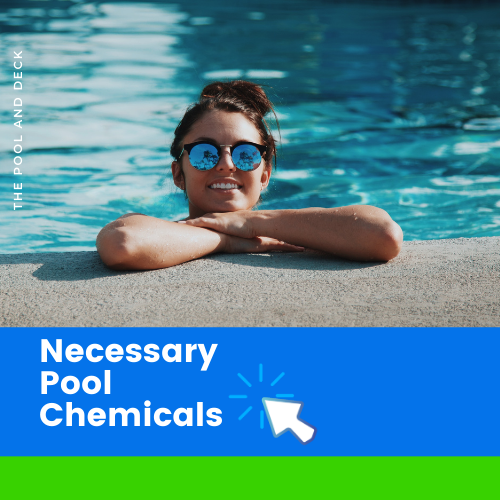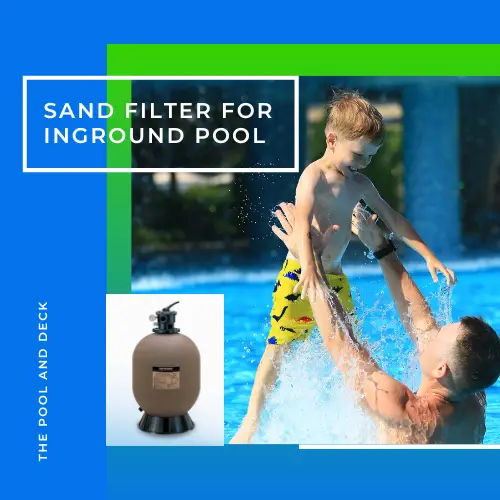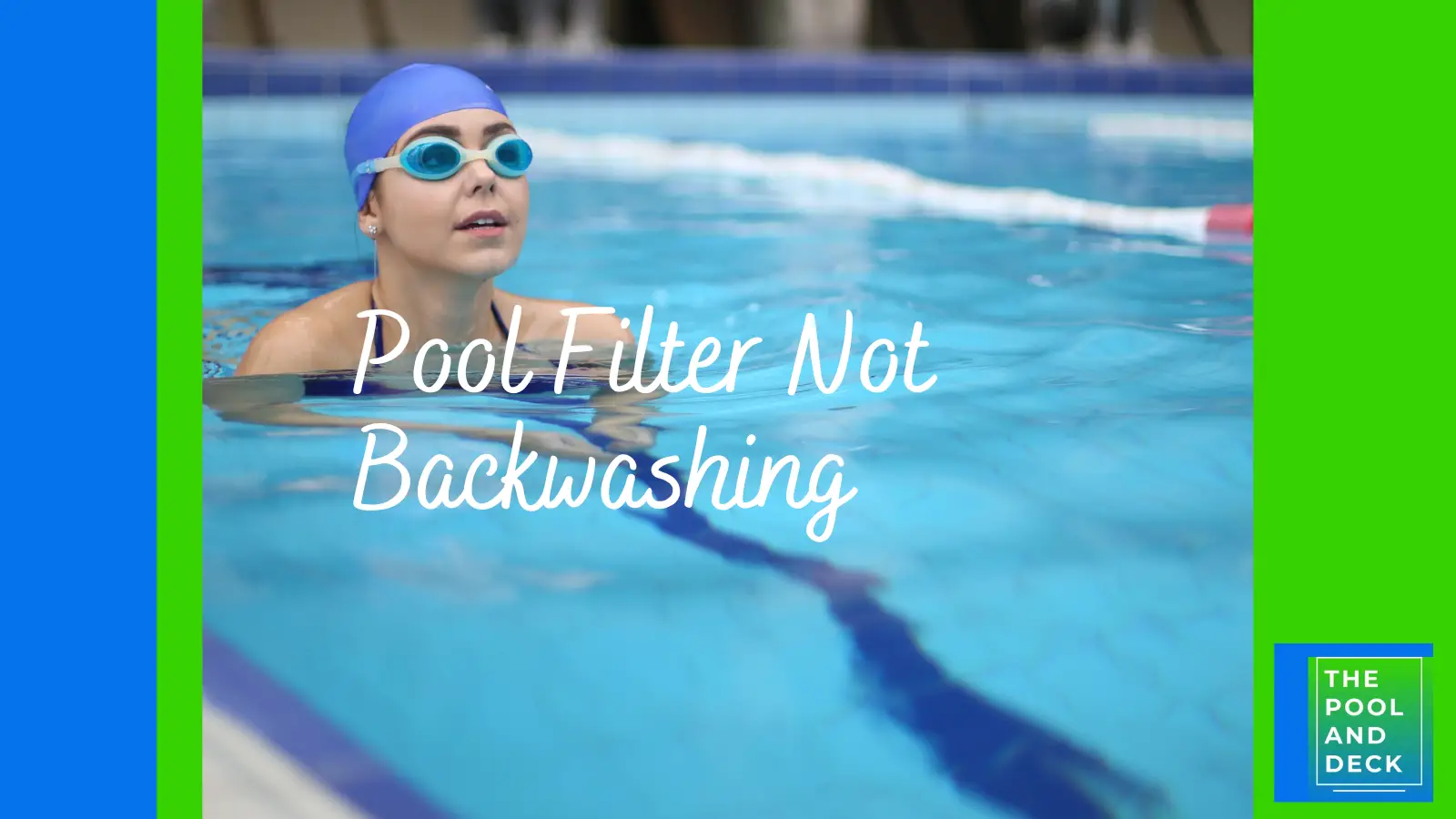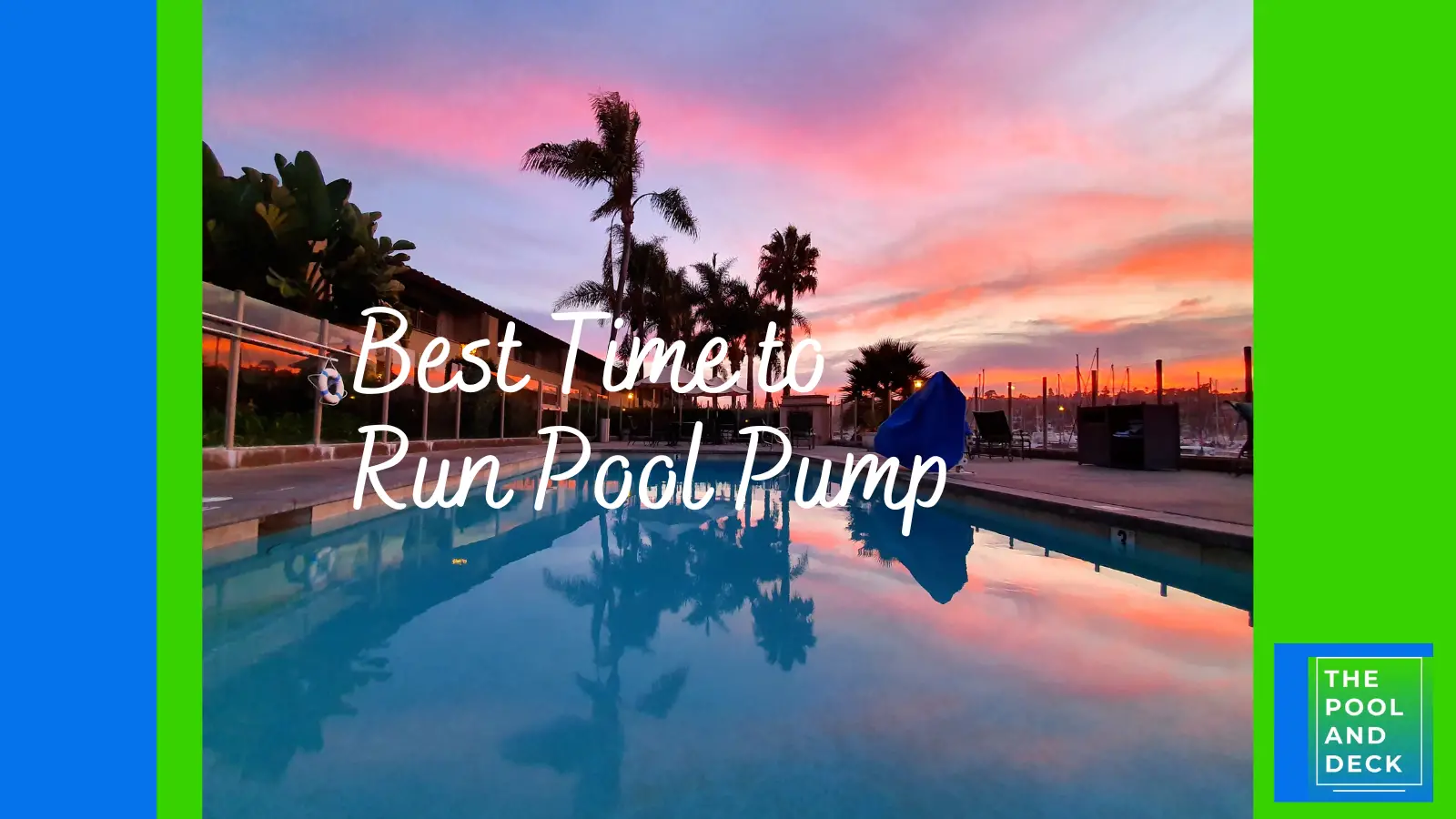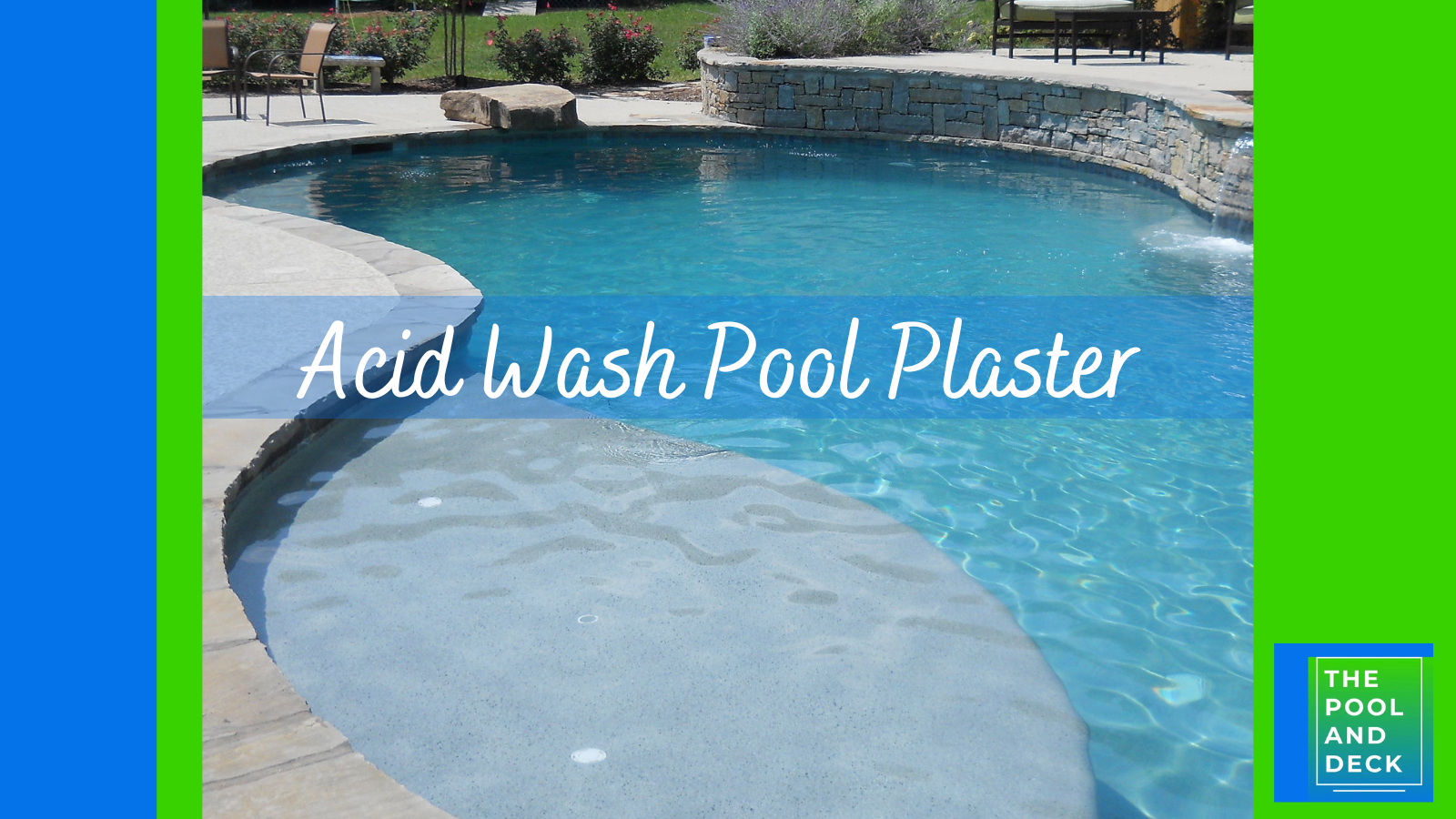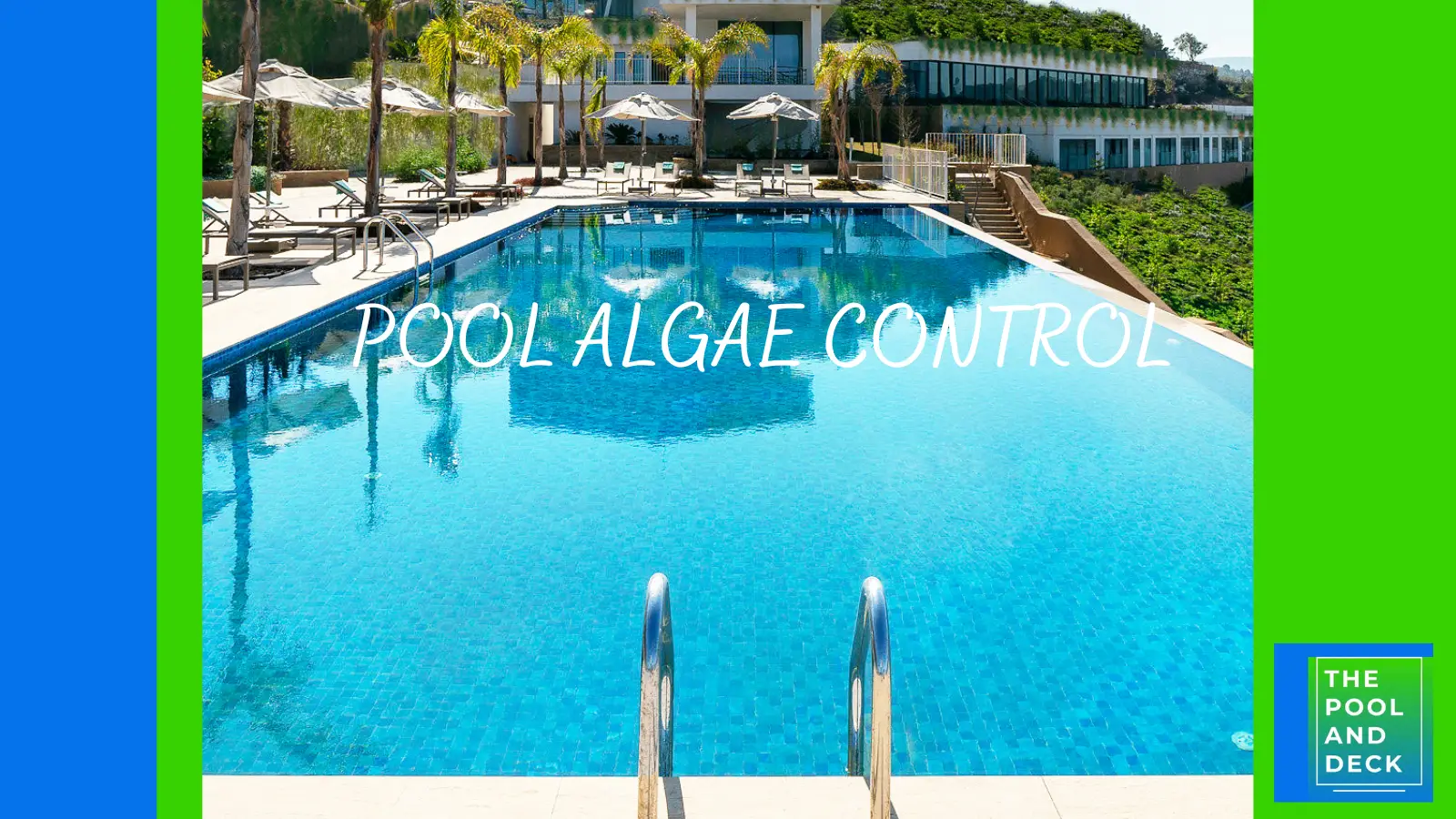Are Liquid Chlorine and Shock the Same Thing? (Explained!)
Table of Contents
Are Liquid Chlorine and Shock the Same Thing?
Are liquid chlorine and shock the same thing? Not exactly! They are very similar as they both have chlorine and are used to sanitize swimming pool water. However, they differ in the chlorine concentration and the frequency of use.
As a new pool owner, pool chemicals and water chemistry can sure be quite confusing and overwhelming. Especially when it comes to the similarities and differences between liquid chlorine and shock. I had similar issues when I started out.
Liquid chlorine has lower chlorine concentration but must be used daily. Shock has higher chlorine concentration and is used weekly or when the contaminants in the pool have spiked.
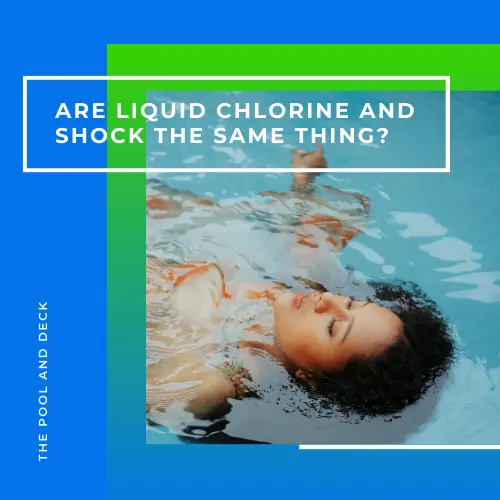
thepoolanddeck.com is a participant in the Amazon Services LLC Associates Program, an affiliate advertising program designed to provide a means for sites to earn advertising fees by advertising and linking to Amazon.com . The website is also an affiliate of a few other brands. The affiliate links never increase your purchase price. We do appreciate your support. Thank you very much!
What is Liquid Chlorine?
The chemical name of liquid chlorine is sodium hypochlorite. It is sold as a liquid and hence the commonly used name is liquid chlorine. It is added directly to the pool water to raise the chlorine levels and kill bacteria and algae.
Liquid chlorine is in fact a more concentrated version of the household bleach. The active chlorine in bleach is typically 6% while that in liquid chlorine for pools is 10 – 12.5%.
Liquid chlorine is a quick and effective way to sanitize your pool. However, Trichlor tablets are more commonly used for regular pool sanitization due to their convenience.
Click on the image below to reach the page with all the Necessary Pool Chemicals.
What is Shock?
Shock, on the other hand, can be either in liquid or a granular form. Cal Hypo and Dichlor are the most popular types of powder shock available. Cal Hypo has 65 – 70% active chlorine and Dichlor has 56% active chlorine.
Powder shock can be sprinkled on the pool surface. However, they are typically dissolved in a bucket of water and the solution added to the pool to promote quicker dissipation.
Cal Hypo shock is also sold as a liquid solution to make it more convenient to use. However, this is not really “liquid chlorine” as it has calcium hypochlorite and not sodium hypochlorite.
Shock should be used once a week or when the contamination levels are too high. The chlorine levels in the pool can be increased by 10 – 30 ppm in a very short time. The sudden spike in chlorine levels is necessary to restore water clarity after heavy pool usage, rainstorms and “algae bloom”.
I recommend using HTH Ultra Pool Shock – Calcium Hypochlorite (Cal-Hypo).
Can Liquid Chlorine Be Used to Shock Pool?
Not really! To shock a pool you must raise the chlorine level of the pool by around 30 ppm very quickly. The active chlorine in liquid chlorine is only around 12.5%. This is too low to shock a pool.
You need to use Cal Hypo Shock or Dichlor Shock which have active chlorine levels of 65-70% and 56% respectively.
According to Pool Calculator, the Free Chlorine (FC) Levels (ppm), for every 10,000 gallons of pool water, increases as per table below:
| Chlorine Source | Increase in FC (ppm) due to addition of 2 lbs (32 oz) | Qty Required to raise FC by around 30 ppm |
| Liquid Chlorine (12.5%) | 1.6 ppm | 20 lbs (320 oz) |
| Cal Hypo (65%) | 7.7 ppm | 4 lbs (64 oz) |
| Dichlor (56%) | 6.6 ppm | 5 lbs (80 oz) |
It is quite obvious from the above table that you need 4 – 5 times as much liquid chlorine as powder shock to effectively shock your pool. Considering that it is more difficult to buy, handle, and store liquid chlorine, using it as shock just does not make any sense.
When to Use What Type of Chlorine?
Here is a helpful infographic on when to use what type of chlorine in your pool.
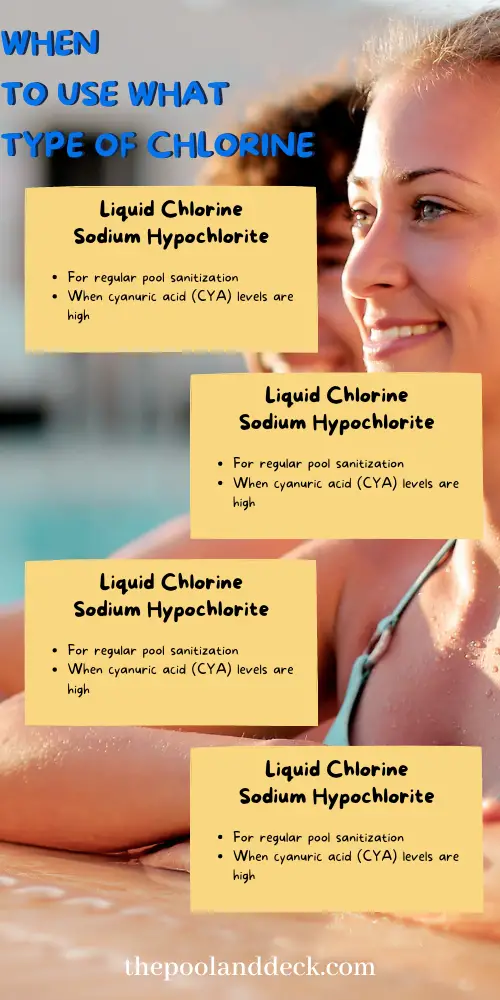
FAQ
How much liquid chlorine should I add to my pool?
The amount of liquid chlorine you should add to your pool depends on several factors such as the size of your pool, the current level of chlorine in the water, and weather conditions.
As a general rule, you should add 1 gallon of liquid chlorine per 10,000 gallons of water to increase the chlorine level by 1 ppm (parts per million).
When should I use shock in my pool?
You should use shock in your pool whenever the chlorine level drops below 1 ppm, after heavy pool usage or if there is an outbreak of algae or bacteria.
Shocking the pool can help to quickly raise the chlorine levels and eliminate any harmful contaminants.
Can I add liquid chlorine and shock at the same time?
No, you should not add liquid chlorine and shock at the same time. These two chemicals react with each other and can create a dangerous gas. Instead, wait at least 8 hours after adding liquid chlorine before adding shock to your pool.
Can I swim after adding liquid chlorine or shock to my pool?
It is best to wait at least 30 minutes to an hour after adding liquid chlorine or shock to your pool before swimming. This will give the chemicals time to properly circulate and disperse throughout the water.
How often should I add liquid chlorine and shock to my pool?
The frequency of adding liquid chlorine and shock to your pool depends on several factors such as pool usage, weather conditions, and the size of your pool.
As a general rule, you should add liquid chlorine to your pool at least once a week, while shock treatment can be done every 2-4 weeks or as needed.
However, always check the chlorine levels in your pool regularly to determine the appropriate time to add these chemicals.
For more information check out my Pool Chemistry for Beginners: With 5 Super Helpful Cheat Sheets!
Thank you very much for reading the post. I do hope you found it informative and helpful.

